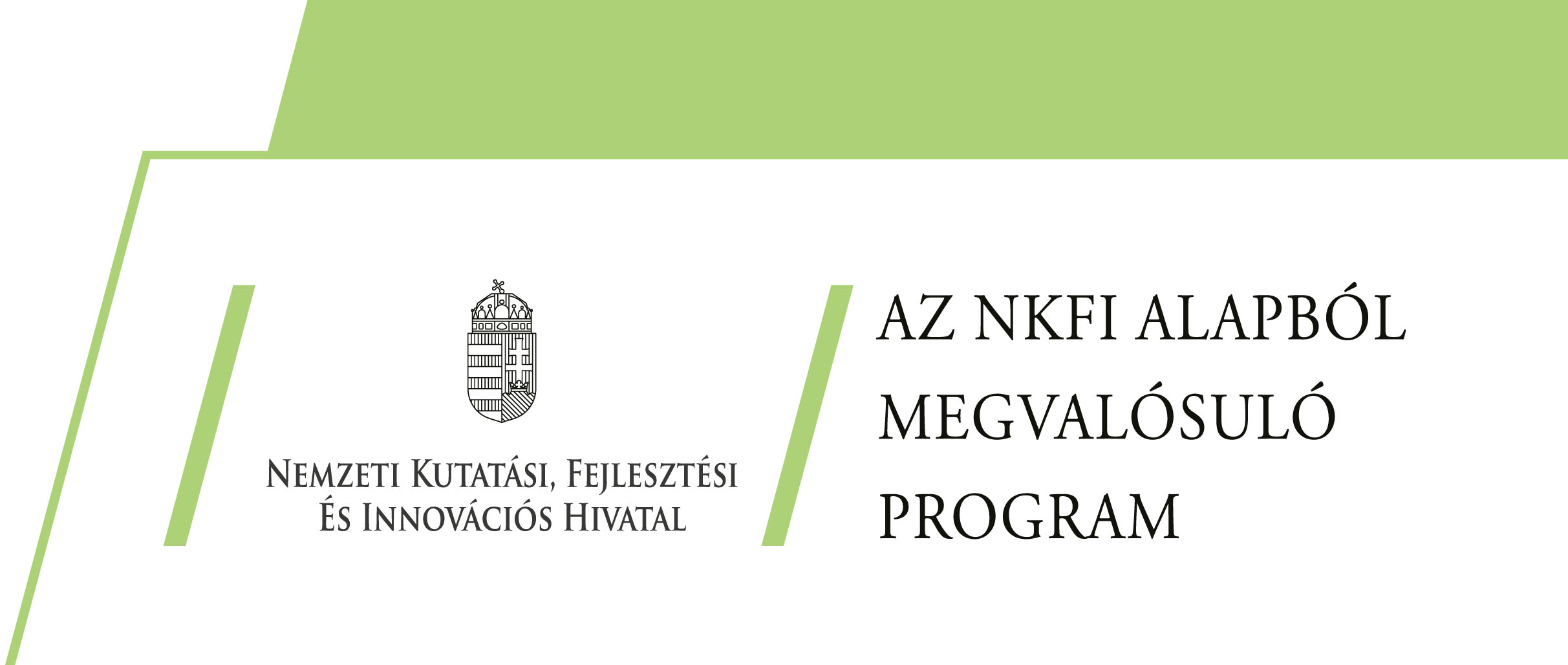Project ID
2019-2.1.7-ERA-NET-2021-00018
Project title
Réskapcsolatok szerepe a ’terápiaszignál’ továbbításában retinális patológiai kórképekben
Project manager, contact details
Béres Márton, beres.marton@pte.hu
Academic supervisor, contact details
Dr. Völgyi Béla, volgyi01@gamma.ttk.pte.hu
Total project budget
93.429.200 HUF
Total budget of UP
93.429.200 HUF
Project start date
Project end date
Coordinator
University of Pecs

Partner Organisations
-
General description
A retinális betegségek esetén a sérült sejtek pusztulását egy, a környező szövetet érintő másodlagos sejthalál is kíséri, melyet ‘bystander effect’-nek (BE) neveznek. Mivel az így elpusztult sejtek száma többszörösen meghaladja a primér módon sérült sejtek számát, bármely olyan beavatkozás amely a BE folyamatot megállítja terápiás értékkel bír. Feltételezett, hogy a a haldokló sejtektől a réskapcsolatok (gap junction – GJ; sejtek közötti kommunikációs útvonalak) továbbítanak „haláljel” molekulákat a szomszédokhoz, így a GJ kapcsolatok időleges zárása megállíthatja a sejtpusztulást. A GJ-k azonban az idegsejtek közti kommunikációt is szolgálják, így látásromlás nélkül nem lehet őket kikapcsolni. Mi olyan eljárást próbálunk kifejleszteni, mellyel a GJ-k túlélési eszközként kerülnek felhasználásra azzal, hogy túlélési faktorok (egészség-jelek) sejtek közötti mozgását segítik elő. Meghatározzuk azokat a paramétereket amelyek szabályozzák a molekulák (endogén szignálmolekulák, epigenetikus faktorok és gyógyszerek) GJ-n keresztüli diffúzióját és ezáltal egészség- jelként való alkalmazhatóságát. Siker esetén a molekulák egy részének klinikai tesztelésre is sor kerül majd, ahol retinális betegségek (pl. a vakságot okozó retinitis pigmentosa - RP) kezelése kerül a célkeresztbe. Az RP mutációi a pálcika fotoreceptorok (fontosak az éjszakai látás során) pusztulását okozzák ezt követi a csap receptorok (nappali látás) másodlagos elhalása, ami a BE-nek tulajdonítható. Célunk olyan szignálmolekulák leírása, amelyek a sejteket összekötő GJ-k segítségével sok sejtbe eljutnak, visszafordítják vagy csillapítják a BE-t és ezáltal megállítják vagy lassítják a látásromlást. Képalkotó technika segítségével az RP páciensek külső retinális folyamatait összevetjük az állatkísérletekben megfigyelt változásokkal. Célunk olyan személyre szabott beavatkozások kifejlesztése melyekkel a betegség progressziója megjósolható, illetve a látásvesztés lassítható, megállítható.
Program
Application monitoring
Project ID
2019-2.1.7-ERA-NET-2021-00018
Project title
Gap junctions serve to distribute health-signals among neurons of the diseased retina
Project manager, contact details
Márton Béres, beres.marton@pte.hu
Academic supervisor, contact details
Dr. Béla Völgyi, volgyi01@gamma.ttk.pte.hu
Total project budget
93.429.200 HUF
Total budget of UP
93.429.200 HUF
Project start date
Project end date
Coordinator
University of Pecs

Partner Organisations
-
General description
In retinal neurodegenerative diseases, death of primarily affected cells is often followed by the bystander effect, a mechanism leading to the death of nearby cells, in numbers surpassing insulted cells by several magnitudes1,2,3. The nature of the bystander effect is not known but gap junctions (GJ) that serve intercellular signalling, have been reported to promote the diffusion of death-signals from dying cells to neighbours4,5. This hypothesis puts GJs in the crosshair of recent research and a GJ blockade has been proposed to rescue neurons in progressive diseases, such as diabetic retinopathy, ischemia and glaucoma6,7,8. However, GJs also serve signaling between neurons9 and their chronic blockade would result in a loss of visual function, strongly limiting the possibility to exploit GJ block as therapeutic opportunity to treat chronic retinal disorders. This proposal relies on the hypothesis that GJs can be utilized as tools to promote cell survival by allowing the intercellular passage of rescue molecules counteracting death-signals. In this scheme, the delivery of (what we call) “health-signals” will be followed by their cell-to-cell spreading through GJs. We employ GJ coupled cell cultures and retinal cells to test the feasibility of transjunctional diffusion of intracellular second messengers (IP3, cAMP, cGMP, Ca++), epigenetic factors (miRNA) and pharmacologically active substances (Dexamethasone). We will assess whether these molecules, among other factors, have a size, charge and 3D structure allowing them to travel across GJs. Then, we will progress into intracellular injections of these substances in animal models of retinal degenerative diseases, at the same time testing delivery methods for possible future clinical applications to treat analogous human diseases. We focus on Retinitis Pigmentosa (RP), a family of genetic, so far incurable, disorders leading to blindness. RP causes the primary degeneration of rods and a secondary death of cones, ascribed to bystander effect. Our aim is to characterize GJ crossing molecules that repair retinal cells and rescue vision in RP patients. High sensitivity OCT imaging of the retinal pigment epithelium (RPE) and the outer retina in enrolled RP patients will be carried out throughout the study to detect early alterations in the RPE/outer retina complex, where GJs are abundant. The future goal of the proposal is to exploit the potentials of GJ alterations as tools for personalized RP prognosis and as conduits of molecules for retinal repair.
Program
Application monitoring
